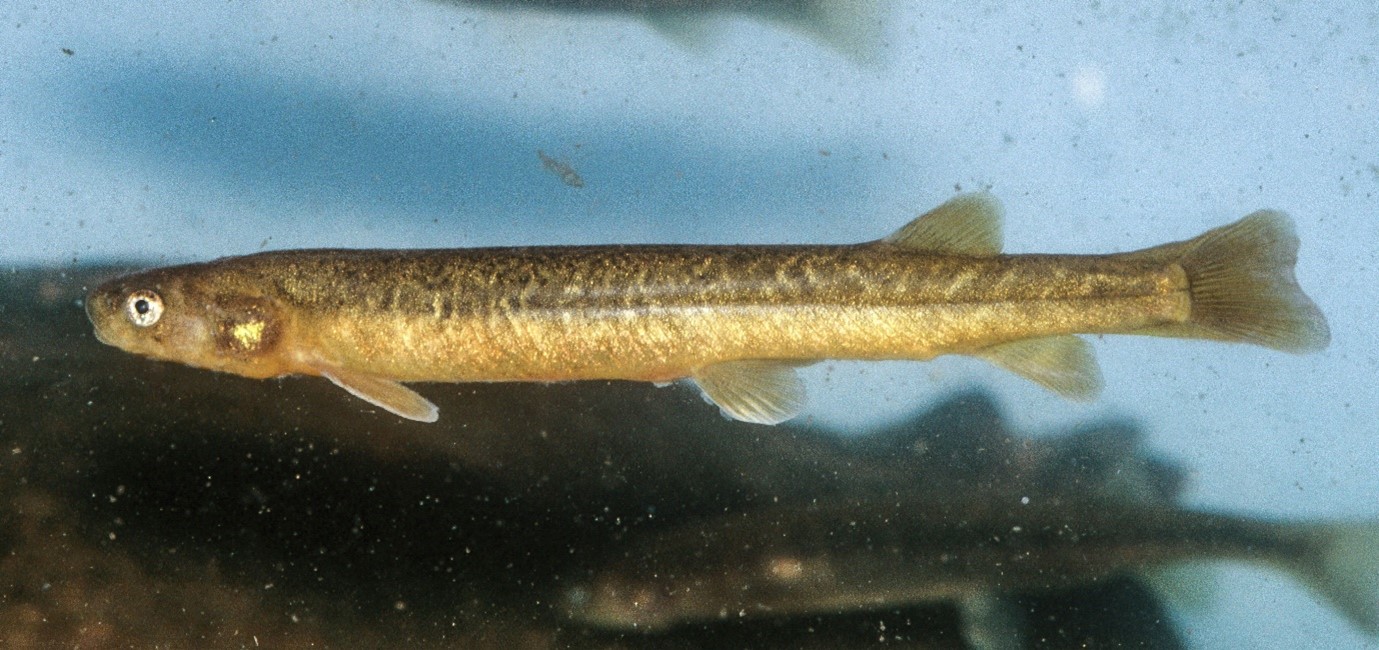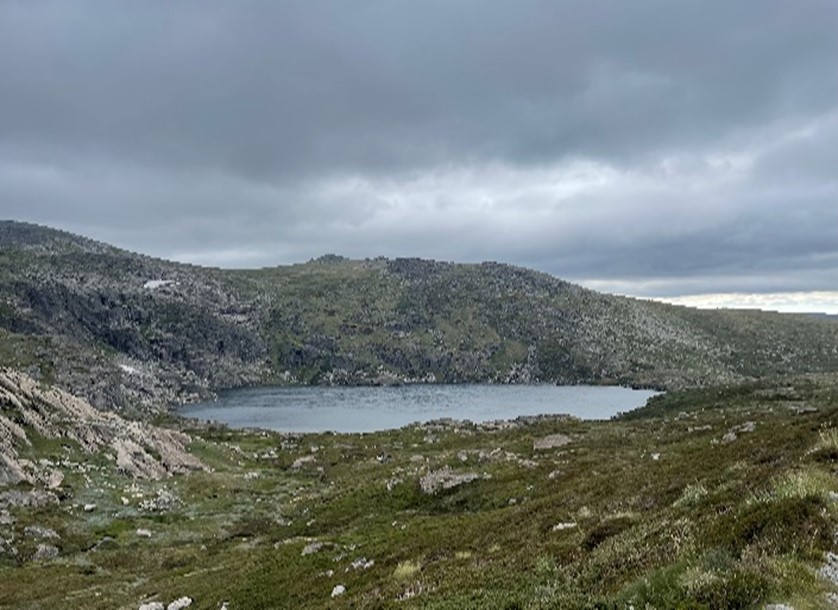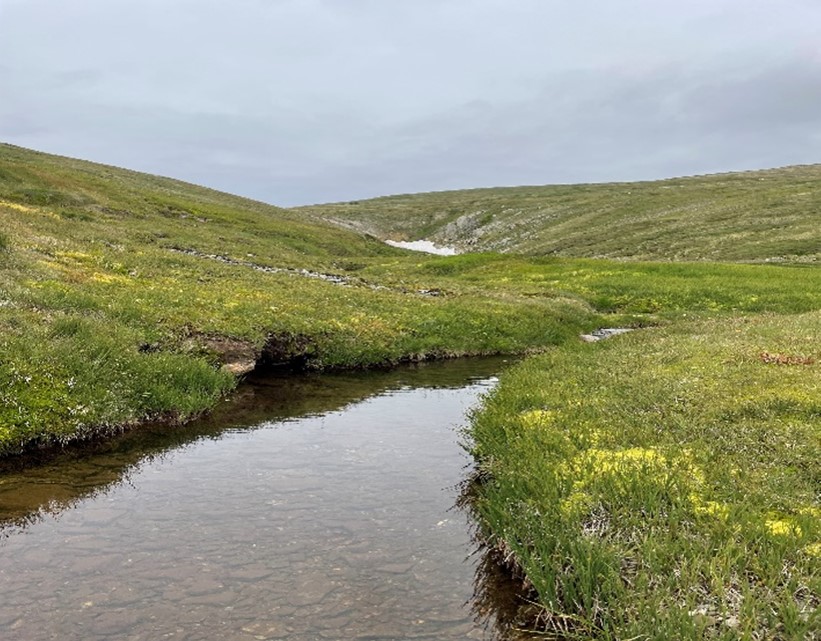
Kosciuszko Galaxias
Scientific name
Galaxias supremus
Status in NSW
Critically Endangered.

Figure 1. Galaxias supremus. Photo courtesy of Rudie Kuiter.
Characteristics
The Kosciuszko Galaxias can be differentiated from other members of the G. olidus complex by a combination of:
- A distinctive mottled pattern that lacks black, ovoid bars along its side
- 8 pelvic fin rays
- A distinctly shorter lower jaw
- Relatively shallow body depth
- Short and shallow caudal peduncle
- Long snout with small eyes
- Short dorsal and anal fins with the anal fin set well back at about 85% from the front of the dorsal fin.
Species similar in appearance
Galaxias supremus is morphologically very similar to other members of the G. olidus complex.
Size
The Kosciuszko Galaxias has an average recorded length of 80-85mm, however has been recorded up to 96mm.
Distribution
The Kosciuszko Galaxias has only been found at a small number of sites within the within upper Snowy River catchment near Mount Kosciuszko, and an unnamed drainage line on the upper slopes of Mount Kosciuszko near Rawson’s Pass. All sites fall within Kosciuszko National Park, NSW.
Report a Kosciuszko Galaxias sighting
Habitat
Kosciuszko Galaxias have been collected from permanent, cold and clear flowing creeks and from Blue Lake with all sites covered by snow and ice for an extended period over winter. Substrate in these locations includes bedrock, boulder, cobble, gravel and sand with fish generally collected within 2m of the shoreline. Fish habitat in deeper water is unknown.

Figure 2. Blue Lake where Galaxias supremus have been recorded. Photo Alison Mclean.

Figure 3. Typical habitat type of Galaxias supremus. Photo Alison Mclean.
Why is the Kosciuszko Galaxias threatened?
- Small, isolated populations and limited distribution makes the species vulnerable to any threatening processes.
- Competition with and predation by salmonids and other introduced fish species

